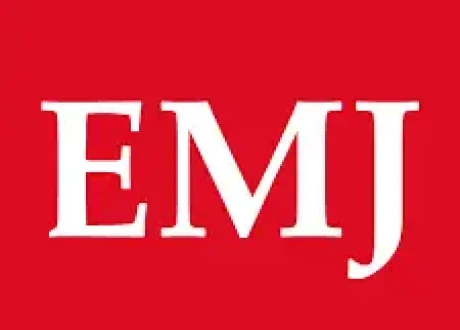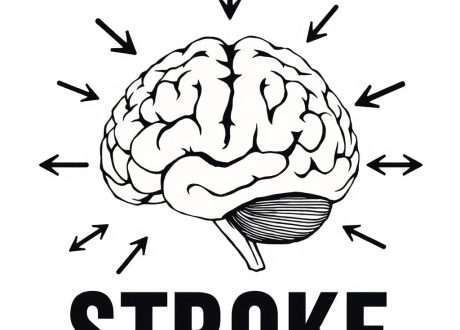Written by Ketan Patel
![]()
The National Early Warning Score (NEWS) was comparable to the validated Pulmonary Embolism Severity Index (PESI) and the simplified PESI (sPESI) in predicting 7-day ICU admission and 30-day mortality in patients with acute pulmonary embolism (PE).
Why does this matter?
NEWS has been shown to be a good predictor of clinical deterioration in hospitalized patients, regardless of the underlying medical process. Risk stratification tools specific to PE, like PESI or sPESI, are important for prognostication of PE patients. The ability of NEWS to be applicable across a variety of disease processes could simplify decision-making. So, how does the broad scoring system, NEWS, apply to a this specific population with PE?
Extra! Extra! What’s the NEWS?! – Another tool to predict which PE patients don’t require more intensive monitoring…
This study was a post-hoc analysis of the YEARS Study.1,2 Seven of the 12 Dutch hospitals is the original YEARS Study collected data needed to calculate the PESI, sPESI, or NEWS scores. The data were analyzed to assess the prediction utility of each score for all-cause ICU admission within 7 days, as well as 30-day mortality.
In their statistical analysis, the authors found that NEWS had a sensitivity and specificity of 92% and 53%, respectively, for ICU admission and 100% and 52%, respectively, for 30-day mortality. PESI yielded a sensitivity and specificity of 75% and 38% for ICU admission and 100% and 37% for mortality, respectively. The sPESI was comparable to PESI. See key figure.

Next Steps: A NEWS < 3 was highly sensitive in predicting patients at low risk of ICU admission and 30-day mortality in PE patients in this post-hoc analysis. Of note, NEWS is also is being used as a key assessment in the ongoing HI-PEITHO Trial.
Edited and peer-reviewed by Bo Stubblefield
Source
Use of the National Early Warning Score for predicting deterioration of patients with acute pulmonary embolism: a post-hoc analysis of the YEARS Study. Emerg Med J. 2022 Nov 7:emermed-2021-211506. doi: 10.1136/emermed-2021-211506. Epub ahead of print.










